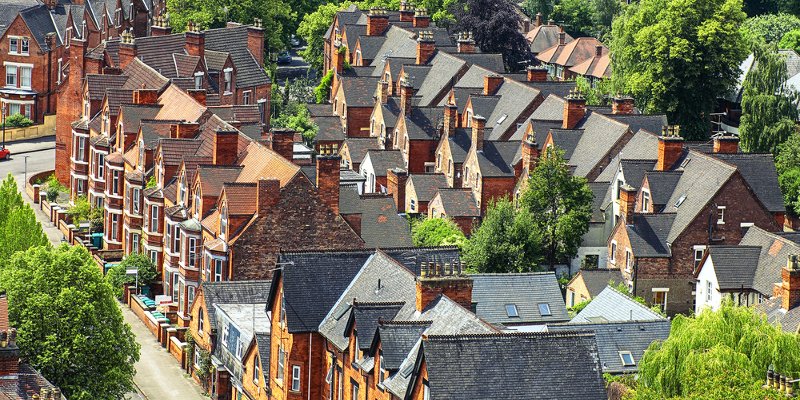Average house prices rose by 2.8% in the year to November 2018, up slightly from 2.7% in October, The ONS House Price Index has found.

Average house prices rose by 2.8% in the year to November 2018, up slightly from 2.7% in October, The ONS House Price Index has found.
Over the past two years, there has been a slowdown in UK house price growth, driven mainly by a slowdown in the South and East of England. The lowest annual growth was in London, where prices fell by 0.7% over the year to November, unchanged from October.
Jeremy Leaf, north London estate agent and a former RICS residential chairman, said: “On the ground, we are finding that we are in a price-sensitive, needs-driven market, especially at this time of year, which continues to be underpinned by low mortgage and unemployment rates, improving affordability and stock shortages.
“As a result, we recorded better-than-expected viewings and valuations in early January, despite the Brexit uncertainty.
“On the one hand, the risk of uncertainty for the property market increases after yesterday’s vote but on the other, it helps to concentrate minds on all sides as the threat of a ’no deal’ rises, which was reflected in Sterling’s strengthening immediately after the result was announced.”
The average house price was £231,000 in November 2018, £7,000 higher year-on-year. On a non-seasonally adjusted basis, average house prices in the UK fell by 0.1% between October and November compared with a decrease of 0.3% in average prices during the same period a year.
On a seasonally adjusted basis average house prices increased by 0.1% between October and November.
House prices in England grew slower than Scotland, Wales and Northern Ireland, rising by 2.6% in the year to November, up from 2.3% in the year to October, with the average price in England now £247,000.
House prices in Wales increased by 5.5% over the last 12 months to reach £161,000. In Scotland, the average price increased by 2.9% over the year to stand at £151,000.
The average house price in Northern Ireland currently stands at £135,000, an increase of 4.8% over the year to Q3.
At an English regional level, the West Midlands showed the highest annual growth, with prices increasing by 4.6% in the year to November 2018. This was followed by the East Midlands (4.4%).
The English region with the slowest annual growth was in London, where prices fell by 0.7% over the year. London house prices have fallen over the year each month since July 2018.
The Bank of EnglandNovember inflation reporthighlighted that the slowdown in the London market since mid-2016 is probably due to the area being disproportionately affected by regulatory and tax changes, and also by lower net migration from the EU.
While London house prices are falling over the year, the area remains the most expensive place to purchase a property at an average of £473,000, followed by the South East and the East of England, at £324,000 and £295,000 respectively.
The North East continues to have the lowest average price at £132,000 and is the only English region yet to surpass its pre-economic
John Goodall, chief executive and co-founder of buy-to-let specialist Landbay, added: “These figures are likely to be a slight reprieve for ‘Brexit-ed’ out homeowners, unable to face more uncertainty-linked price turbulence.
“Looking into the detail, rising prices in the north have helped bridge some of the gap between those in London. Homeowners in the capital have been impacted by the upper stamp duty threshold, limiting their ability to move.
“There’s no escaping the fact that confidence in the market is low, bogged down by Brexit and economic uncertainty.
“However, these figures point to an opportunity for those in a position to buy. The combination of low prices, solid wage growth and attractive borrowing costs often proves to be too difficult to resist.”



